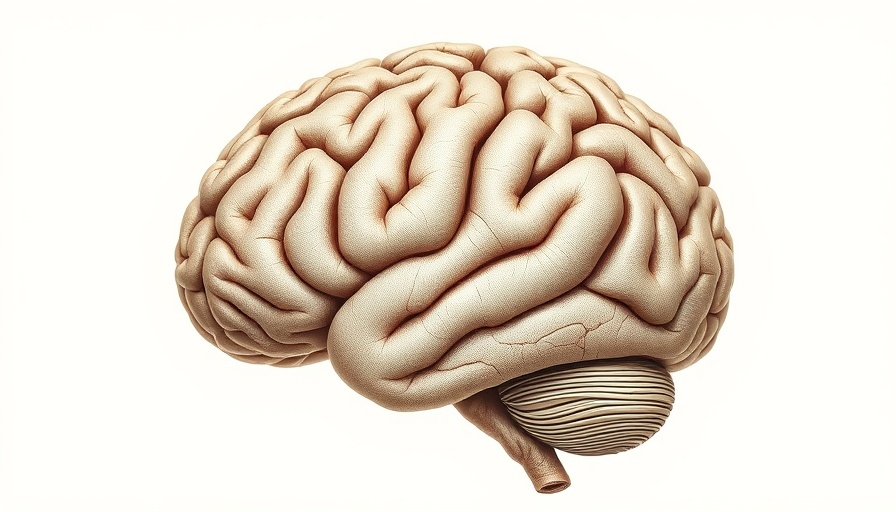
Revolutionary Advances in Brain Recording Technology
The recent development of the Neuropixels 1.0 NHP probe marks a significant breakthrough in the neuroscience field, offering unprecedented capabilities to study non-human primate (NHP) brains. As the need for precise mapping of brain functions grows, researchers have turned to advanced imaging and recording methods to bridge the gap between animal models and human studies. The enhancements seen in Neuropixels technology elevate our understanding of the complexities of the primate brain, which is crucial for future insights into human brain functionality.
From Rodent Models to NHPs: A Necessary Transition
Historically, high-resolution neural recording techniques like the original Neuropixels probe were primarily used for rodents. While effective, these methods stumbled when applied to NHPs like macaques that are anatomically closer to humans. The limited capabilities of existing probes restricted access to deeper brain structures and did not provide the comprehensive data needed to draw parallels to human neuroscience. With the introduction of the longer and more robust Neuropixels 1.0 NHP, researchers aim to fill these gaps.
Exploring Enhanced Functionality of Neuropixels 1.0 NHP
The Neuropixels 1.0 NHP probe's design allows for superior recording capacity. Measuring 54 mm in total length with a 45 mm long, 125 µm wide, and 90 µm thick shank, this innovative tool boasts a total of 4,416 recording sites across its shank. This staggering number facilitates the monitoring of large neuron populations with both single-neuron and single-spike resolution—supporting the isolation of individual neuron activities and providing clearer insights into neural interactions.
Potential Applications and Future Insights in Neuroscience
The implications of these advancements extend beyond mere academic interest. Understanding NHP brains more accurately positions scientists to pioneer new therapies and interventions for neurological disorders affecting humans. Given that NHPs are vital in primate evolution studies, the data collected will allow researchers to explore evolutionary biology and improve cognitive and behavioral neuroscience, leading to translatable findings that can impact human health. As technology continues to evolve, we may also find applications in brain-computer interfaces and neuroprosthetics that can significantly change the lives of individuals with neurological impairments.
Importance of Cross-Disciplinary Collaboration
This leap in technology underscores the necessity for cross-disciplinary collaboration in neuroscience. As different fields converge—from engineering to biology—innovations like the Neuropixels probe can emerge, pushing boundaries and laying the groundwork for future discoveries. Establishing partnerships between academic institutions, industry, and healthcare is critical to attracting funding and support for these groundbreaking initiatives.
Concluding Thoughts: The Bridge to Human Neuroscience
As the Neuropixels 1.0 NHP probe lays the foundation for advanced studies in NHP brains, the potential for translating findings to human applications is enormous. Not only will this technology enhance our understanding of complex brain dynamics, but it also opens avenues for addressing pressing health challenges today. Those interested in studying neuroscience, medicine, or technology should keep an eye on these developments—they could be at the forefront of a new era in brain research.
 Add Row
Add Row  Add
Add 




Write A Comment